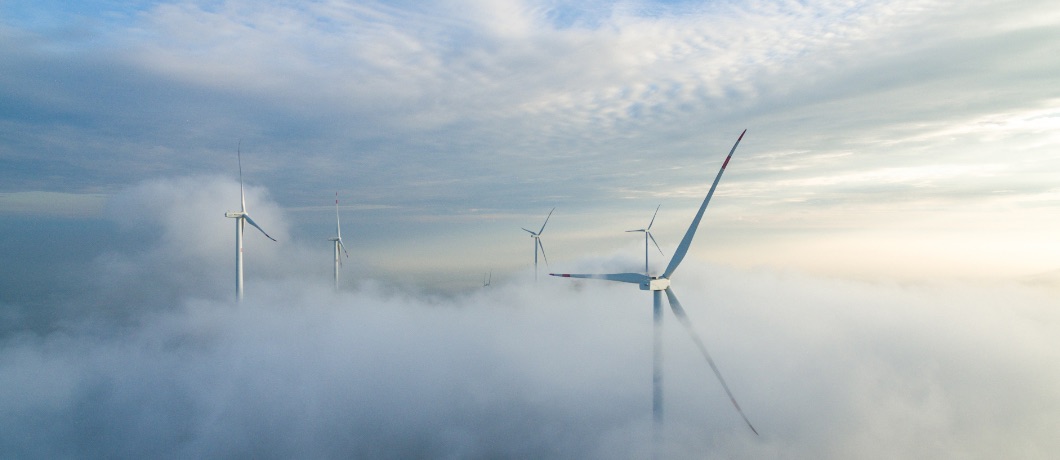Det Norske Veritas (DNV): hydrogen uptake to lag net-zero goals by 2050

Hydrogen is being hailed as the substance that will help complete the energy transition, especially in sectors that are difficult to decarbonize. Norwegian quality assurance and risk management company DNV (Det Norske Veritas) has released a report on the use of hydrogen to decarbonize the global energy system. According to the report, HYDROGEN FORECAST TO 2050, hydrogen production and use are progressing too slowly to meet the climate goals set in Paris. Therefore, according to DNV, it is imperative that governments intervene with meaningful public policies.
The Hydrogen Forecast to 2050 report predicts that hydrogen’s share of the global energy mix will be just 0.5 percent in 2030 and about 5 percent in 2050. But 15 percent would have to be reached in 2050 to meet the targets agreed to in Paris.
By mid-century, green hydrogen is projected to account for 72 percent of production volume. To supply the electrolysis capacity of 3,100 gigawatts needed for this, more than twice the currently available solar and wind power would have to be made available. According to the report, blue hydrogen from natural gas is likely to lose ground at the same rate as renewable energy plants are expanded.
DNV estimates that more than 50 percent of the world’s existing natural gas pipelines will be converted to transport hydrogen because it is 65-90 percent cheaper than building new ones. Hydrogen will be transported via long-distance pipelines within and between countries, but not intercontinentally. Global hydrogen trade will prove unattractive because the cost of liquefying the hydrogen for vessel transport is high and the energy density is low. On the other hand, hydrogen-derived ammonia will be traded globally because it is more stable and easier to transport by ship.
The extent of hydrogen deployment will vary from region to region, in particular due to government policies and measures. Europe, where hydrogen will probably account for 11 percent of the energy mix in 2050, is seen as a pioneer in this respect, as appropriate measures make it possible to scale up hydrogen production and also boost end consumption.
